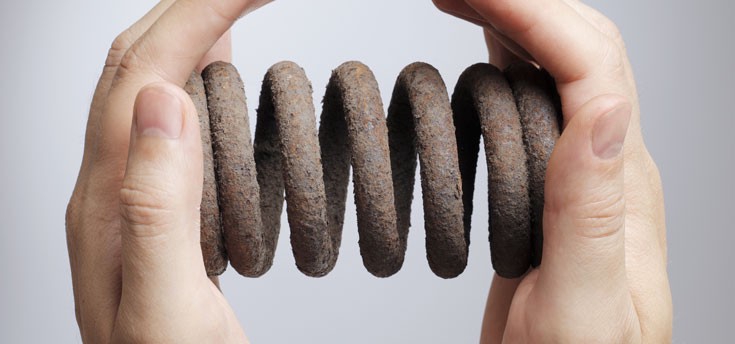How Image Compression Can Improve Your Site?

Images are an important part of any website. They can help to break up text, add visual interest, and provide information. However, large images can also slow down your site and make it harder for visitors to load.
That’s where image compression comes in. Image compression is a process that reduces the file size of an image without compromising quality. By compressing images, you can make your website faster and easier to use.
There are a number of ways to compress images, including online tools and software. In this article, we’ll take a look at how image compression works and the benefits it can offer. We’ll also provide some tips on how to Compress images online.
What is Image Compression?
Image compression is a process of reducing the file size of an image without compromising quality. The file size of an image is reduced by removing unnecessary data, such ascomments, color profiles, and EXIF data. Image compression can be lossless or lossy.
- Lossless compression means that no data is lost in the compression process. This results in a smaller file size, but the image quality is not affected.
- Lossy compression means that some data is lost in the compression process. This can result in a smaller file size, but it can also cause some degradation of image quality.

Benefits of Image Compression
There are a number of benefits to using image compression. By compressing images, you can:
- Make your website faster and easier to use
- Reduce your bandwidth usage
- Save storage space
- improve your search engine optimization
How to Compress Images Online
There are a number of ways to compress images online. Here are a few of the most popular:
- Use an image compression tool like TinyPNG or JPEGmini.
- Save images in a format that supports compression, such as JPEG or PNG.
- Use an online image converter to convert images to a more compressible format.
- Resize images before uploading them to your website.

How to Optimize Images for Web Use
One of the most important things you can do to ensure that your images look good on the web is to optimize them for web use. As you know, web browsers have different display and rendering capabilities than the native applications you’ve used in the past. In fact, web browsers aren’t even the best choice for viewing images. Here are a few tips to help you optimize your images:
- Save images in a format that supports compression, such as JPEG or PNG.
- Use an image compression tool like TinyPNG or JPEGmini.
- Resize images before uploading them to your website.
- Use an online image converter to convert images to a more compressible format.
Best Image Compressors
There are a number of different image compressors available. The best choice depends on the user experience. As each individual will have different perception on compressing and also different expectations as well. Most of the compressor will do its automatic compression but when you need to be specific on the image aspect ratio, you may have to be picky.


